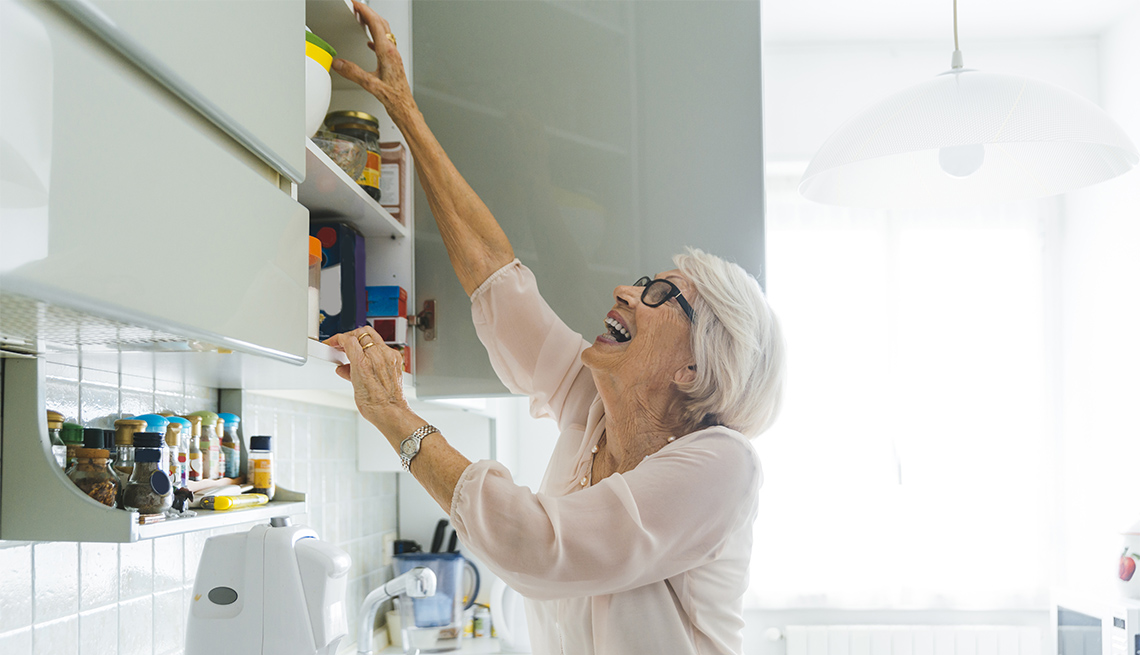AARP Hearing Center
Believe it or not, but every year about 17,000 adults ages 65 and older end up in the emergency room after taking a tumble out of their comfy recliner chairs, according to the U.S. Consumer Product Safety Commission.
Home mishaps account for most of an estimated 2.9 million annual injuries sustained by adults 65-plus that are serious enough to require hospital treatment. About 3,800 of them are fatal, according to a 68-page report released by the commission.
The report, based on data collected from 2016 to 2020, found accidents that cause serious injuries to older adults can happen in the most mundane ways. Some mishaps involve interactions with stairs, doors and windows, or in other cases furniture, appliances, lawn-care equipment and kitchen cutlery. Backyard pools and spas, fitness gear, bicycles, e-scooters and off-road recreational vehicles figure in accidents as well. The report does not include automobile accidents.
Wendy Shields, an associate scientist at the Johns Hopkins Center for Injury Research and Policy, notes that home mishaps can be more serious for older people. “They are more likely to have chronic conditions and take more medications, which make their recovery more difficult,” she said.
Some of the most common hazards are what you might expect. About 1.5 million older Americans are injured each year from falls that often happen when they lose their balance on floors and stairs, or when they fall [out of bed. ER treatment for such mishaps is six times more likely for 65-and-older adults than for younger people.
Older adults are also 3½ times more likely to die in fires than the rest of the population, according to the report. On average, 930 lose their lives each year in blazes that often result from smoking or cooking.
Other home hazards may not be so obvious. Here are five that may surprise you — and ways they can be avoided.


































































